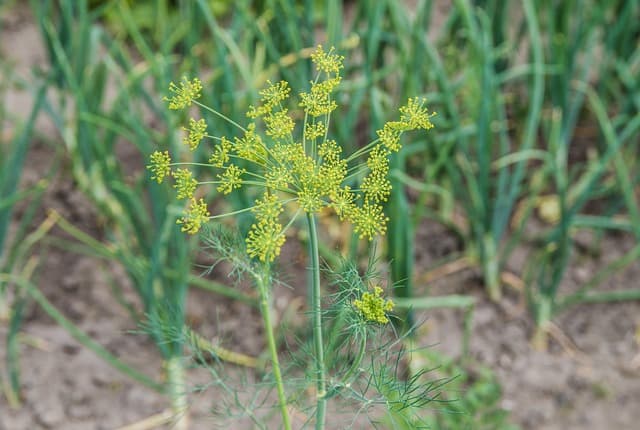With the world moving more towards organic foods and clean eating, spice growing is increasingly under the microscope in terms of the growing process and what chemicals are used.
How can you choose organically grown spices or short of that, spices that minimize the use of pesticides and other chemicals that you’d prefer your foods don’t contain?
Growing organic spices
Organic spices are grown using natural methods that avoid chemicals often used for growing. The methods used for growing organic spices include:
Natural Fertilizers: Organic farmers use natural fertilizers such as compost and manure to provide plants with the nutrients they need to grow. These natural fertilizers are derived from plant and animal waste and are rich in essential minerals and nutrients.
Crop Rotation: Organic farmers use crop rotation to help maintain soil fertility and prevent the build-up of pests and diseases. Crop rotation involves growing different crops in a specific order, allowing the soil to rest and recover after each crop is harvested.
Companion Planting: Organic farmers use companion planting, which involves planting different crops together in close proximity, to provide mutual benefits. For example, some crops can help to repel pests and diseases while others can improve soil fertility.
Natural Pest Control: Organic farmers use natural pest control methods, such as beneficial insects and companion planting to control pests and diseases. This helps to reduce the need for harmful chemicals and pesticides.
No Synthetic Pesticides or Herbicides: Organic farmers do not use synthetic pesticides or herbicides which can have harmful effects on the environment and human health. Instead, they rely on natural methods for controlling pests and weeds.
Pesticides and chemicals frequently used to grow spices
In conventional spice farming, a variety of pesticides and chemicals are often used to control pests, diseases, and weeds. Since most spices are grown in Asian countries like India, China and Vietnam among others, local regulations on chemical usage may be very different from what your local area or country allows.
Some of the most commonly used pesticides and chemicals in spice farming include:
Synthetic Pesticides: Synthetic pesticides such as insecticides, herbicides, and fungicides are commonly used in conventional spice farming to control pests and diseases. These chemicals can be toxic to both the environment and human health.
Chemical Fertilizers: Chemical fertilizers such as nitrates and phosphates, are often used in conventional spice farming to provide plants with the necessary nutrients for growth. These fertilizers can have negative impacts on the environment and soil health.
Growth Regulators: Growth regulators such as plant hormones are sometimes used in conventional spice farming to regulate plant growth and development. These chemicals can have harmful effects on the environment and human health.
Fumigants: Fumigants such as methyl bromide are often used in conventional spice farming to control pests and diseases in the soil. These chemicals can have negatively impacts on the environment and human health.
Herbicides: Herbicides are commonly used in conventional spice farming to control weeds. These chemicals can have negative impacts on the environment and human health.
Growing spices at home
While getting organic certification on a food product such as a spice requires a number of steps that must be followed, you can also grow some spices (and herbs) at home yourself and thus decide what if any chemicals are used.
Spices and herbs grown in backyard gardens can depend on where you live but include:
- Sage: Sage adds a unique, earthy flavor to dishes such as stuffing, roasted meats, and sauces.
- Basil: a fragrant herb that is often used in Mediterranean and Italian cooking.
- Thyme: a versatile herb that goes well with poultry, fish, and vegetables.
- Oregano: a robust herb with a strong, pungent flavor that is often used in Mediterranean and Mexican cuisine.
- Sage: a woody herb that is commonly used in stuffing and with roasted meats.
- Rosemary: a fragrant herb with a pine-like flavor that is often used with lamb, chicken, and pork.
- Cilantro (also known as coriander): a fragrant herb that is used in many Latin and Asian dishes.
- Mint: a versatile herb with a fresh, cool flavor that can be used in a variety of sweet and savory dishes.
- Chives: a mild-flavored herb that is often used as a garnish or in omelettes and soups.
- Tarragon: an anise-flavored herb that is commonly used in French cuisine.
- Parsley: a mild-flavored herb that is often used as a garnish or in salads and sauces.
These are just a few examples and there are many other spices and herbs that you can grow depending on your local climate and growing conditions.
While the final result might not be organic per se, you can still grow spices similar to how you might grow vegetables in your garden and do so with a minimum amount of chemicals used.

